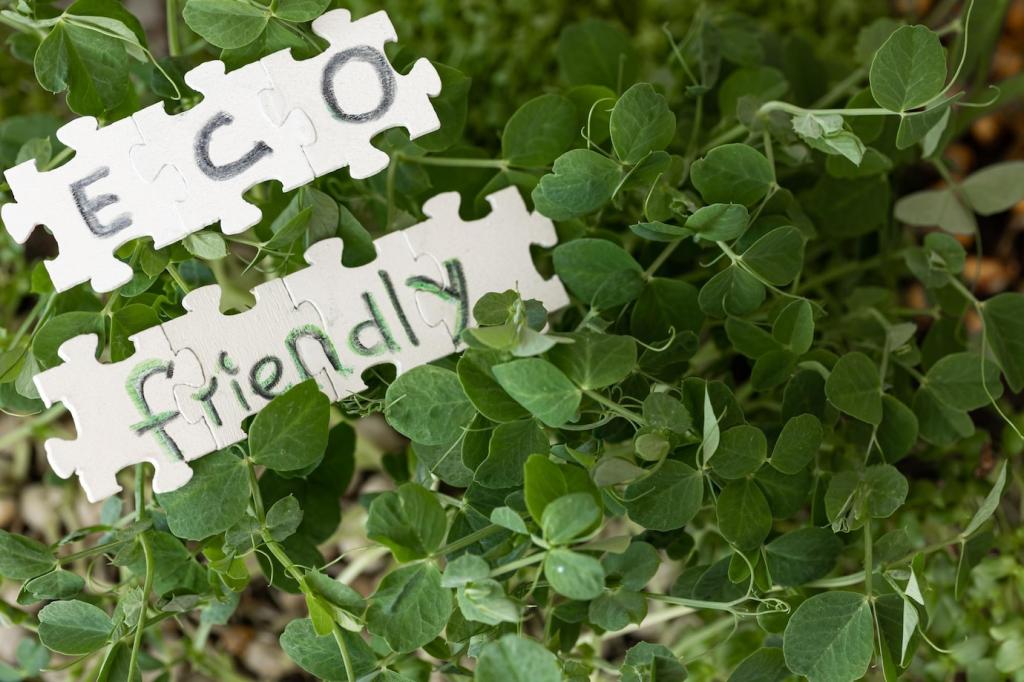Roots of Resilience: Soil Health and Climate Change in Forested Areas
Chosen theme: Soil Health and Climate Change in Forested Areas. Explore how living forest soils store carbon, hold water, and steady ecosystems as the climate shifts—and learn practical ways to protect the ground that protects us. Join the conversation, subscribe for field notes, and share your observations.

A bustling underground community
Mycorrhizal fungi lace through roots like friendly wires, trading nutrients for sugars while bacteria, springtails, and beetles cycle life’s leftovers. This underground network thrives when soils stay cool, moist, and aerated—conditions climate change can disrupt with longer heat waves, sudden downpours, and compaction from stressed, hurried management.

Soil as a climate ally
Globally, soils store more carbon than the atmosphere and all plant biomass combined, much of it tucked into stable organic matter and aggregates. When soils erode, overheat, or dry, that carbon can escape. Protecting forest soils keeps carbon grounded while nurturing future growth and local climate resilience.
Heat and microbial metabolism
Warming often accelerates decomposition, boosting soil respiration and releasing carbon faster—especially when moisture is ample. During drought, microbes stall, and the system can ‘pulse’ when rains return. These boom‑bust cycles strain nutrient balance, challenging seedlings and stressing recovery after seasonal extremes and repeated heat stress.
Droughts, deluges, and erosion
Prolonged dry periods slow litter decay and weaken soil structure; then intense storms arrive, scouring unprotected slopes. Fine particles, nutrients, and young roots wash downslope, leaving thinner, less fertile soil behind. Strategic groundcover and buffers help break those cascades before small losses become chronic degradation.
Wildfire and ash horizons
Fire severity matters. Low to moderate burns can recycle nutrients and open seedbeds, while high‑severity fires may volatilize nitrogen, create hydrophobic layers, and trigger runoff. Post‑fire mulching, contour wattles, and timely reseeding help soils recover structure and begin rebuilding their protective living skin.




Field Notes: A Short Story from a Community Forest
Spring sampling after a hot summer
After a record warm summer, we returned to our ridge plot, half expecting silence underfoot. Instead, a dry crust flaked off to reveal damp, fungal threads where shade lingered. The difference traced perfectly to a narrow belt of leaf litter left intact along the windward edge.
Mulch, mushrooms, and small wins
We spread branchy slash on rutted sections and watched autumn rains arrive. Runoff slowed. By winter, pale mushrooms ringed the mulch lines, stitching soil together. It was not dramatic, but seedlings near those lines kept their grip through storms that toppled nearby saplings on bare ground.
Lessons we carried forward
We learned that small, steady actions multiply: keep cover, steer water gently, and protect the quiet biology that gets the heavy lifting done. If you have similar field notes—or cautionary tales—post them below. Your practical details can guide someone’s next thoughtful Saturday on the trail.
Science, Policy, and Indigenous Knowledge
01
Partnerships that last
Collaborations with Indigenous land stewards have revived cultural burning and seasonal care that maintain soil cover and reduce extreme fire risk. Successful projects start by listening and sharing authority. If your community has a partnership to highlight, introduce it and invite others to learn and participate.
02
Open data, better decisions
Standard protocols and open soil datasets help managers test ideas, compare outcomes, and adapt quickly as conditions shift. Clear metadata and shared maps prevent duplicated effort. Would an open repository of local soil indicators help your region? Tell us what features you need to make it useful.
03
Funding soil time
Soil work is patient work. Small grants for monitoring, mulch, and trail redesign pay dividends when storms hit. If you run a program that funds community soil projects, drop a link or contact. Readers here are eager to help, apply, and report results that others can replicate.
Observe and share
On your next forest walk, photograph litter depth, soil texture, and runoff patterns after rain. Post your notes and location context so others can learn. Your snapshots become signals when combined with hundreds more. Comment with your first observation today, and encourage a friend to contribute tomorrow.
Subscribe and stay curious
Get new field guides, case studies, and interviews with soil ecologists delivered to your inbox. We share practical wins, failures, and updated practices for changing climates. Subscribe now, and reply to the welcome email with topics you want covered or questions from your local forest.
